For toddlers, playing indoors and outside is as important as eating healthy food and fresh air. Playing is a really important part of their development and, most important of all, it’s fun! Join in and help them make the most of it.
For your child, the years up to the age of 3 are all about discovering who they are and what they can (and can’t) do. Playing and experimenting is how kids learn and develop. It also helps them to burn off excess energy – which is good news when it comes to bedtime!
Helping your child get the most out of play
You’re your wee one’s best toy. And by encouraging play you’ll strengthen your relationship with them. Kids love playing with their parents, whether that’s bandaging you up while playing doctors or riding on your knee like you’re a horse!
Tip #1: Make the time
Spend time playing with your child each day, even if it’s only a short spell. This gives them a sense of their importance to you and makes them feel loved. Remember, playing isn’t about having the latest toy, it’s about spending time with your little one and learning together as a family.
Tip #2: Let your child take the lead
Rather than suggesting games to your child or telling them what to play, try to let your wee one take the lead. Start by watching them and noticing what they’re interested in – it could be a toy, something they can see our of the window, or their own fingers and toes! Ask them if you can join in, and play with them until they move their attention to something else. This is a great way to help your child learn, as we all learn better when we’re interested in something.
Tip #3: Put yourself in their shoes
Playing with your wee one is a great way to get in touch with your inner child. Get down to their level (which usually means crawling on the floor!) forget about being a ‘grown-up’ and let your imagination run free.
Tip #4: Choose the right toys
Different toys appeal to different age groups, and you can have fun choosing the best ones for your child’s stage of development. You can find out more about choosing toys for one year olds and two and three year olds here.
Tip #5: Talk about it
Playing is one of the key ways in which your wee one develops their language skills. When playing, talk to your toddler and take the opportunity to extend their vocabulary.
For example, they say, ‘It’s an aeroplane’ you can reply, ‘Yes, it’s an aeroplane. Shall we see if we can make it fly? Where do you think it’s going?’ That way they learn words and ideas about what aeroplanes do.
Tip #6: Turn off background noise
Turn off the TV or radio and put away your phone so neither you nor your child gets distracted. They’ll love getting all your attention – and will be more likely to settle down for telly time afterwards while you get on with other things if they haven’t been distracted by screens beforehand.
Tip #7: Let them explore
Let your child to play at their own pace. Sometimes just sit quietly with them and notice what they’re doing – perhaps say the things you can see, such as, ‘I can see you have built a big tower there’.
The same goes when you’re out and about – if you’re out in the park or woods, some children will run about everywhere, while others will spend half an hour at the first tree stump they find! You can encourage their curiosity by letting them explore the things that capture their attention.
Tip #8: Let them use their imaginations
If your child wants to use a watering can as a teapot or trousers as a hat, let them! There’s no right or wrong way to play.
Tip #9: Have a play corner
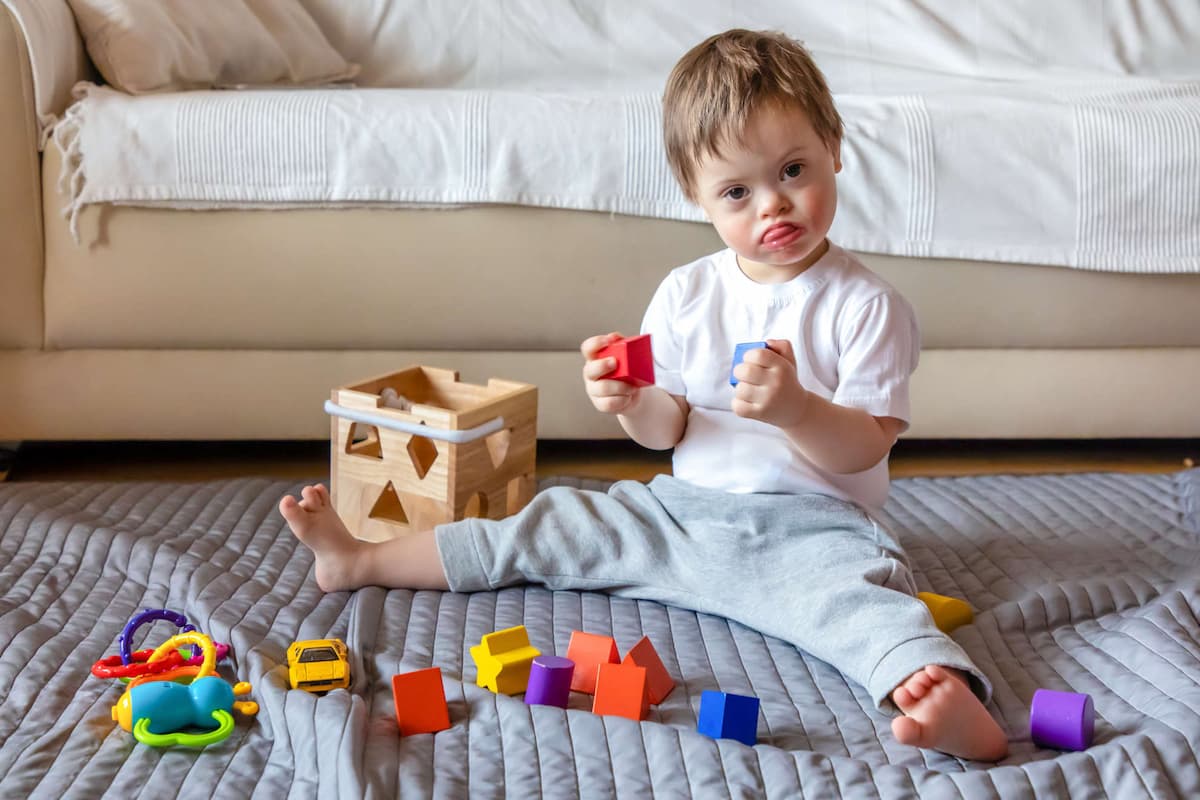
Find a space in your home where your little one can play safely and keep it as a dedicated area free of grown-ups’ things and clutter. A corner of the sitting room or bedroom will do nicely.
Tip #10: Store toys where your child can see them
Keep toys at toddler eye-level where they’re easy to get at. Store things like bricks and puzzles in plastic boxes so the bits don’t get lost. Other good containers include plastic vegetable racks, filing trays or string bags.
Tip #11: Rotate toys to avoid boredom
Toddlers don’t have a very long attention span and they soon get tired of the same toys. Putting a few toys away for a little while and then bringing them out again at a later date can give them a new lease of life.
Tip #12: Try not to limit play time
If your child is really focused on playing, try not to interrupt them or change the activity to something else. Of course sometimes play time will have to cut short – if it’s bath time, for example – so make sure you give them a heads up that it’s nearly time to finish. That way it doesn’t come as too much of a shock.
Tip #13: Give your child the chance to play with other kids
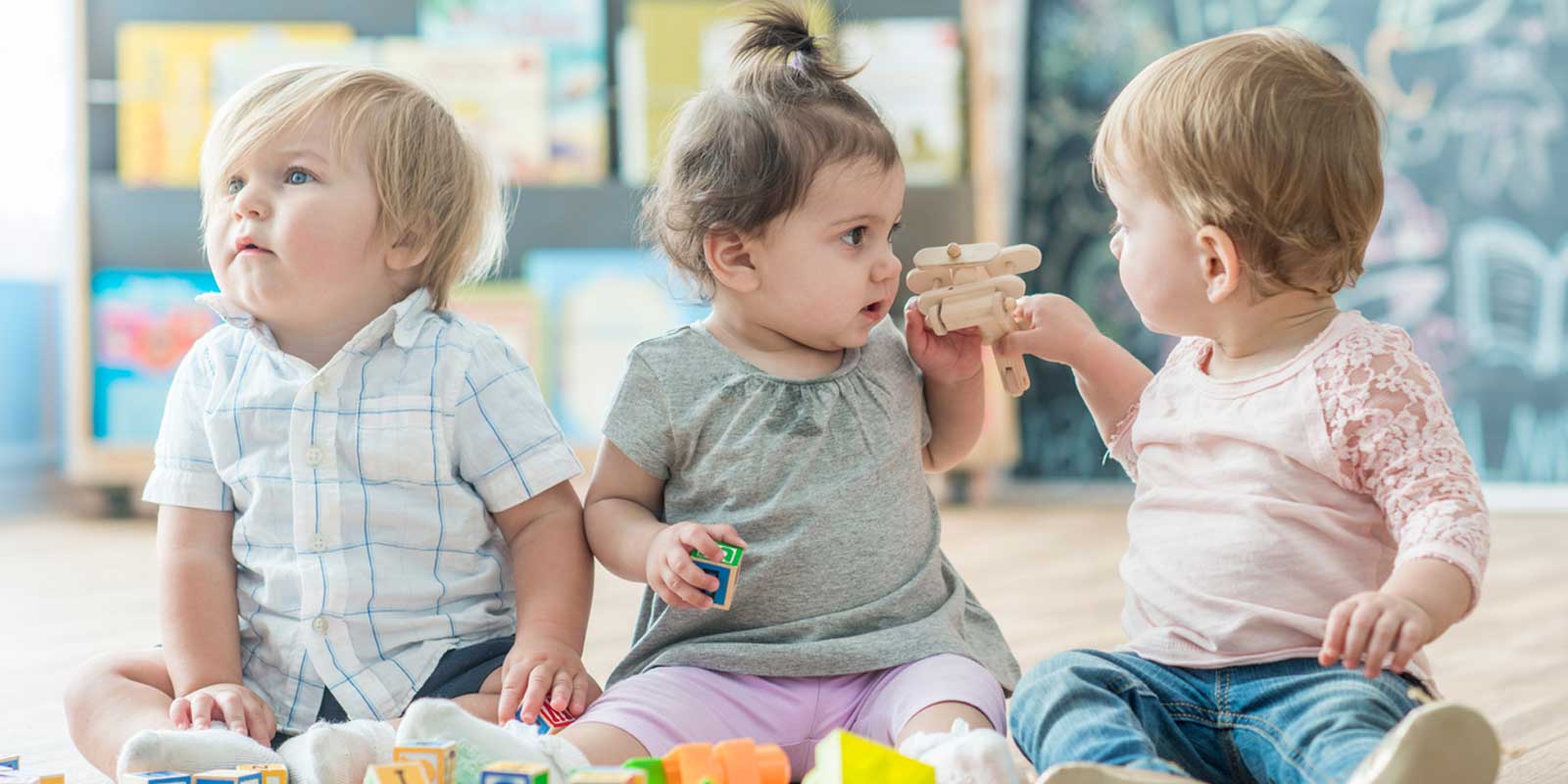
Playgrounds, nursery and toddler groups give your little one the chance to meet and mix with other children and start learning about relating to people outside the family. Our section on communication and speech has more tips for helping your wee one socialise and make friends.
Tip #14: Encourage your child to clear up
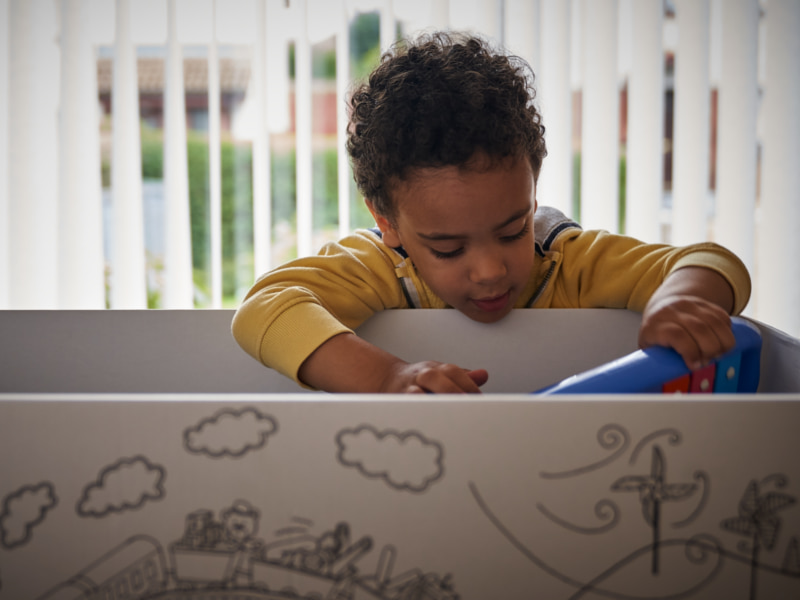
Even from an early age your child can help you to tidy away after a play session. It can help ease them from one activity to another (for example, from playtime to bedtime) and helps teach tidiness and respect for belongings.
Tip #15: Don't worry about feeling silly
It's completely okay to feel silly. At first many parents feel a bit daft singing, chatting and playing with their wee one. But remember:
- Your baby isn’t judging you. They think you’re amazing, just as you are.
- You can start small. Even one minute of play matters.
- Your confidence will grow. Like anything new, it gets easier with time.
Tips if you have twins, triplets or more
If you have twins, triplets or more you can have double the fun playing altogether, but it’s also nice to give each baby some individual attention as well. Each child may prefer different books, games or activities, and some one-on-one time gives you both a chance to explore this. The Twins Trust has lots of tips and advice for playing with multiples.
How many toys?
Your toddler doesn’t need lots of bought toys. In fact, too many can be overwhelming. It’s better to buy a few carefully chosen playthings rather than a pile of cheap ones that break easily. Better still, you can use every day items like kitchen utensils, ribbons, feathers, leaves, sponges, cardboard and chalk to spark their imaginations. You might have heard this called ‘loose parts’ play at nursery – you can find out more about it on the Play Scotland website.
Simple toys such as blocks are good value as they can be used in lots of different ways. You can also join a toy library or ask friends and relatives to get toys for birthdays. Remember it’s not about the cost of the toy, but about spending time joining in and playing with your child. Your play@home toddler book has lots of ideas for fun games to play with items already in your home.
Tell me a story
All toddlers enjoy being read to, long before they can understand the stories. They may want to look at the pictures and turn pages at first. Reading to them helps develop their speech and language skills and can strengthen their bond with you. It helps develop their imagination and create a positive attitude towards books. Many toddlers will spend ages poring a book (and don't worry if they don't want to finish the story).
The Scottish Book Trust's Bookbug programme gives a free bag of books to every toddler between 12 and 24 months and another at the age of 3. Ask your health visitor, visit your local library or the Bookbug website for more information.
A tactile Off to the Park book has been developed in consultation with children, families and organisations working with blind and partially sighted children and seeks to make reading accessible for all children. There is also an audio recording of this book as well as other tips and resources for sharing books with children with additional needs on the Bookbug website.
Top tips for sharing books together
- Sit comfortably. Make sure you and your child are warm and cosy.
- Read slowly, put lots of expression into your voice and use gestures, funny faces and sound effects such as rain falling and cows mooing.
- Involve your child. Encourage them to look at the pictures. Point to objects and characters and get them to say what or who they think they are.
- Give encouragement if they repeat what you’ve said.
- Visit your local library for free Bookbug sessions and to borrow more children’s books.
You can find more ideas for story time here.
Supporting your child's learning
One way you can help your child learn new skills is by doing something called “scaffolding”. Scaffolding is when adults support children’s learning by helping them do something for themselves (rather than doing it for them). This could be by offering them a helping hand or giving them a hint about what to do next, but without taking over. For example, if they’re trying to fasten buttons on their coat you could do up one to show them and then leave them to do the rest. Or if they’re trying to do a jigsaw you could suggest they find the corner pieces first.
This video from the Royal Foundation Centre for Early Childhood explains more about what scaffolding is and how it works.
More play resources
You can find lots more ideas for paying with your wee one on the Play Scotland website.
 Activities & Play
Activities & Play Behaviour
Behaviour Childcare
Childcare Development & Growing Up
Development & Growing Up Family, Friends & Relationships
Family, Friends & Relationships Feeding Your Baby
Feeding Your Baby Food & Eating
Food & Eating Health & Safety
Health & Safety Mental Health & Wellbeing
Mental Health & Wellbeing Money & Work
Money & Work Online Behaviour & Safety
Online Behaviour & Safety Pregnancy & First Days
Pregnancy & First Days School & Education
School & Education Sleep
Sleep

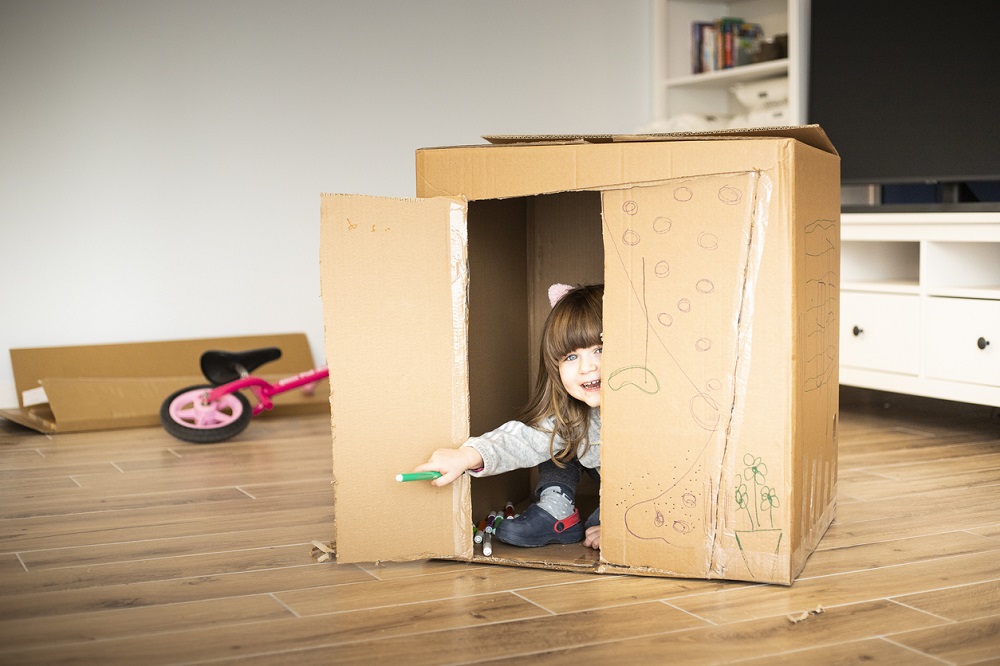
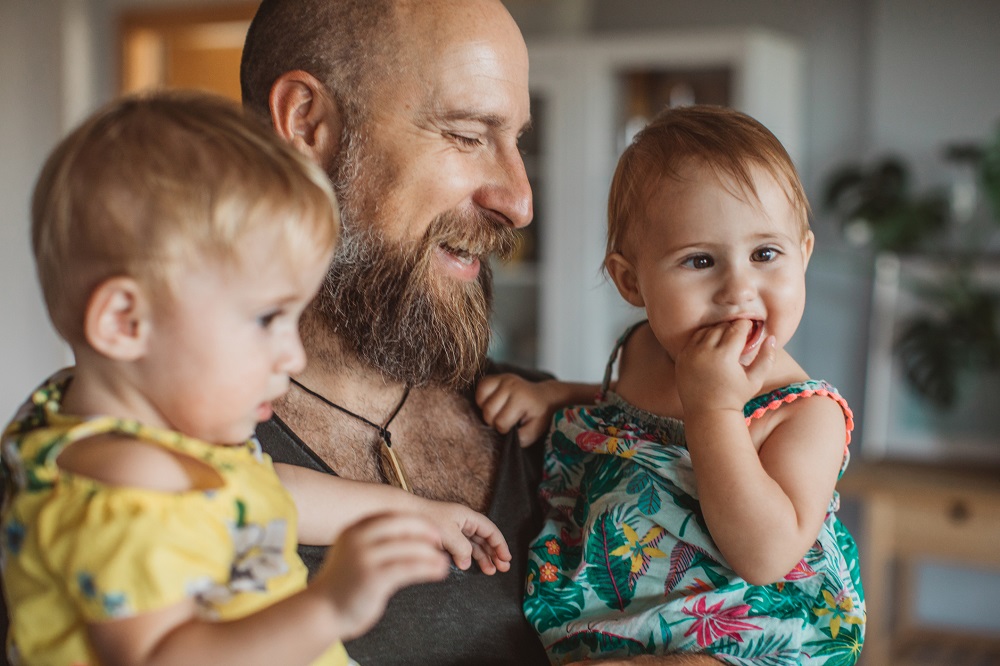
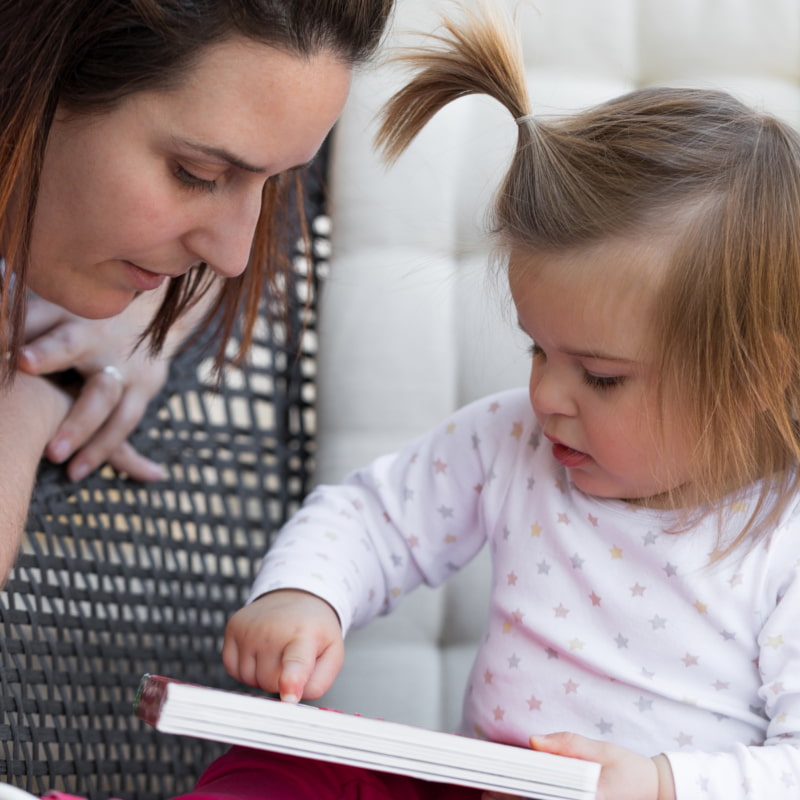
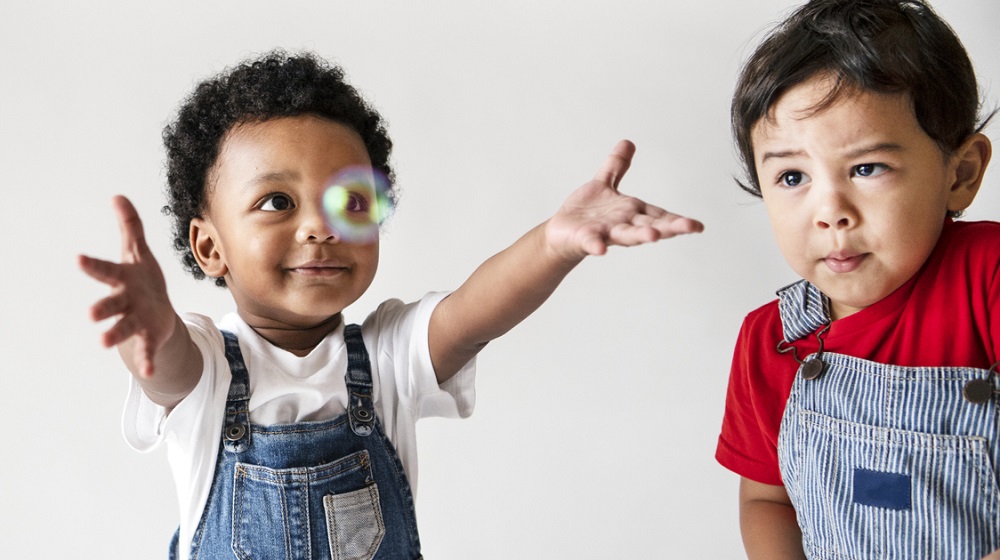
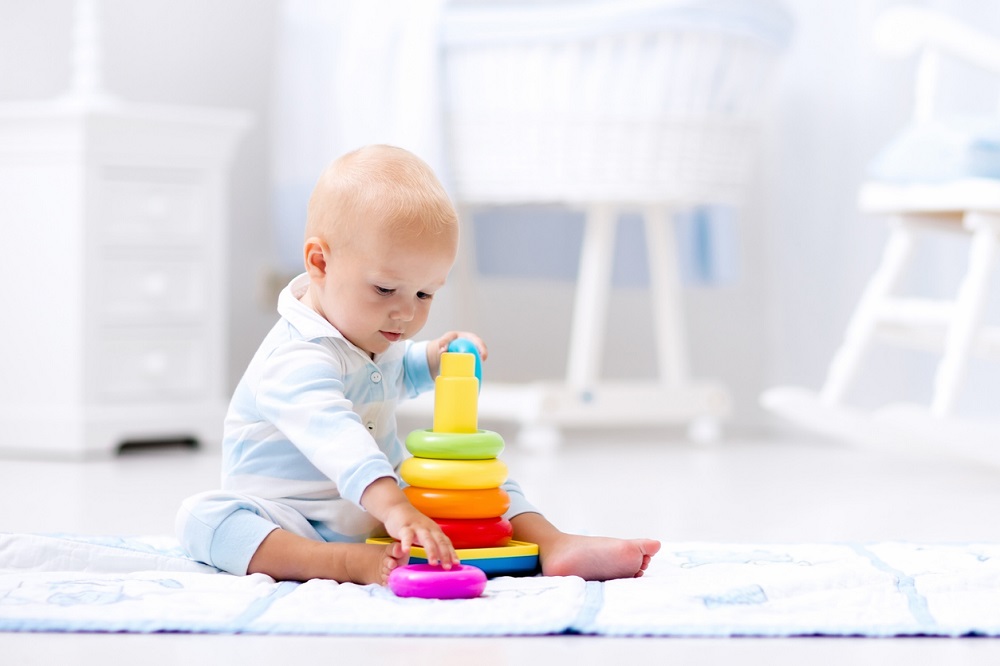
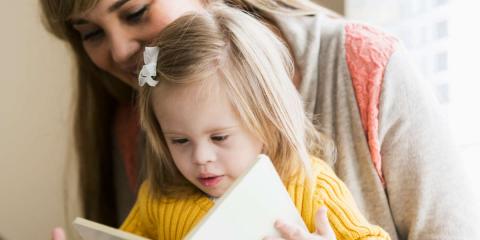
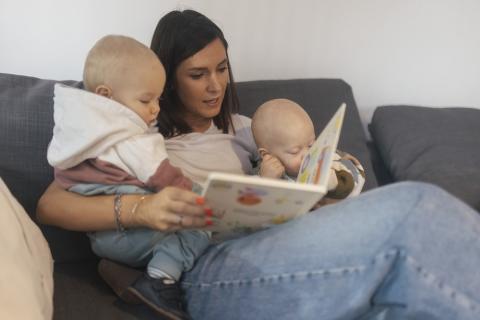
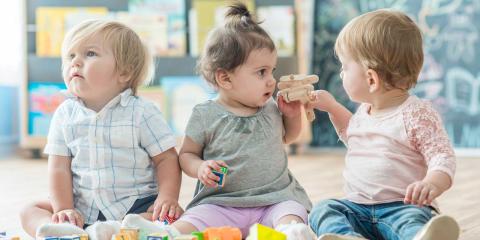
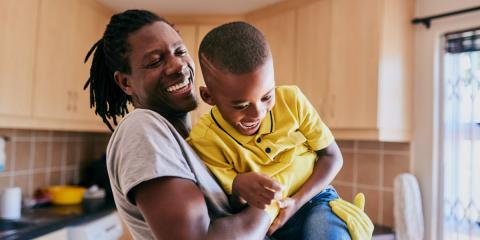
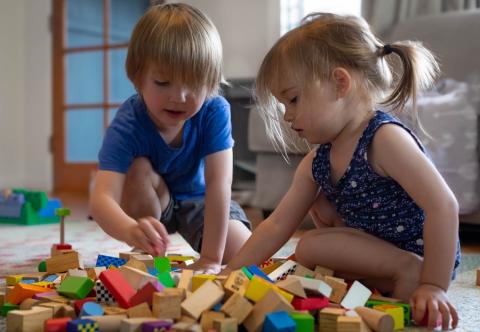
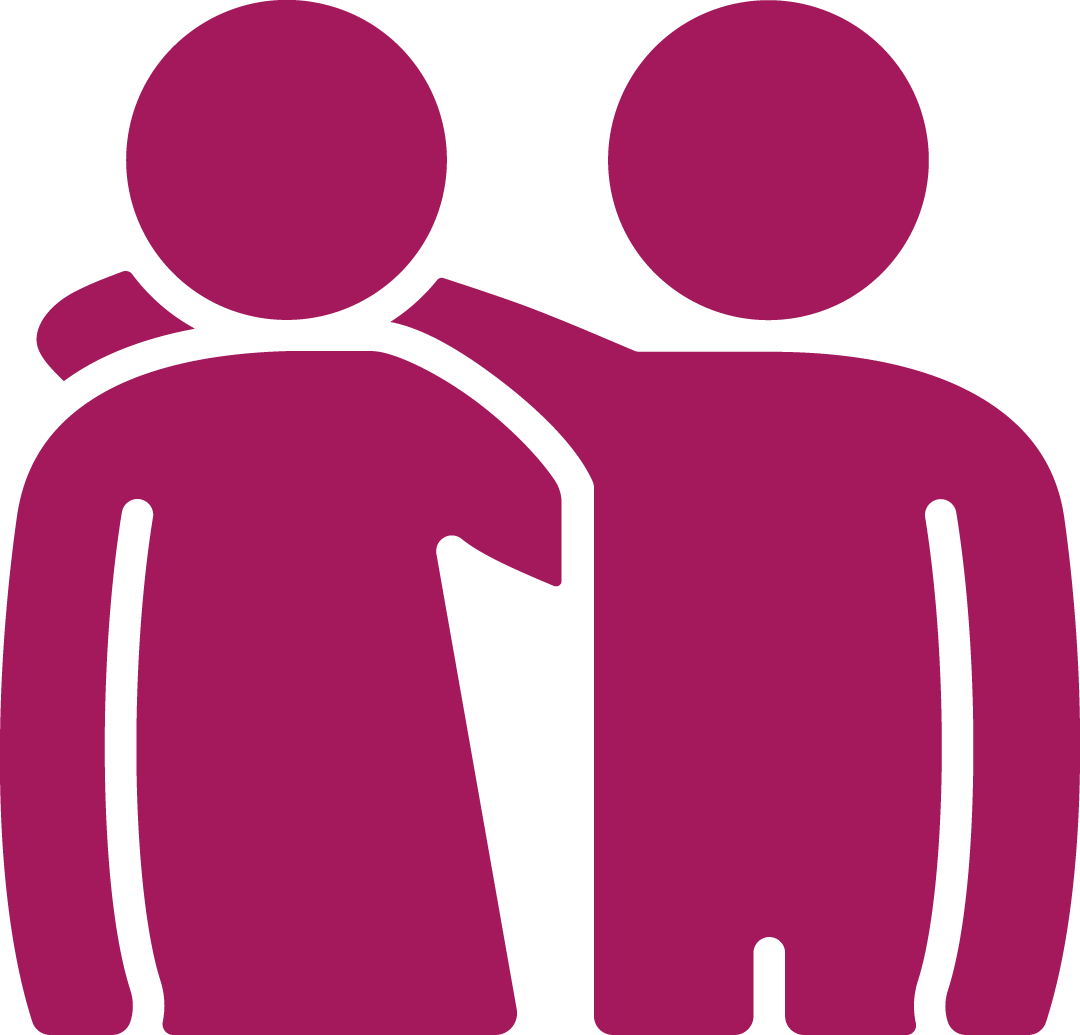 Family, Friends & Relationships
Family, Friends & Relationships
 Mental Health & Wellbeing
Mental Health & Wellbeing